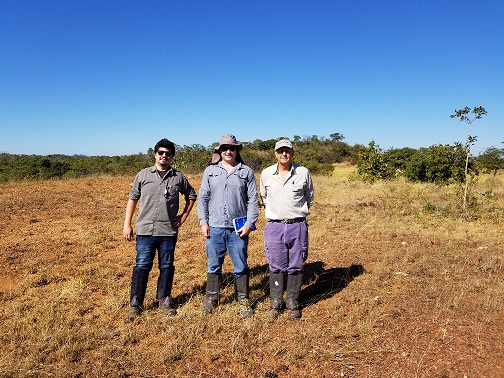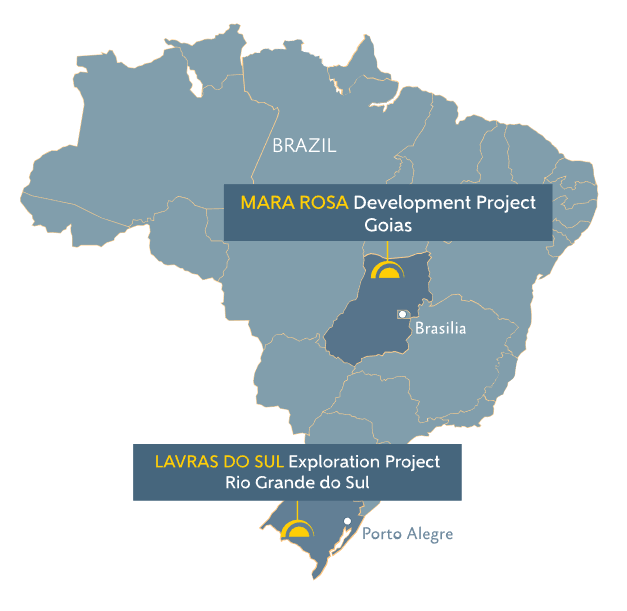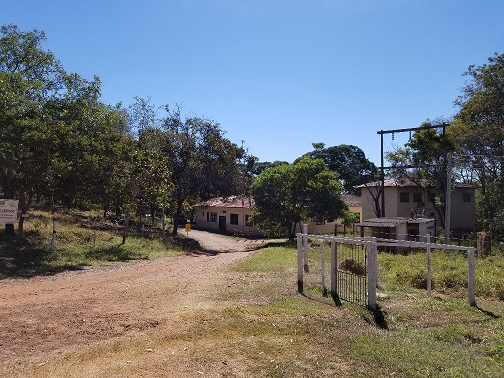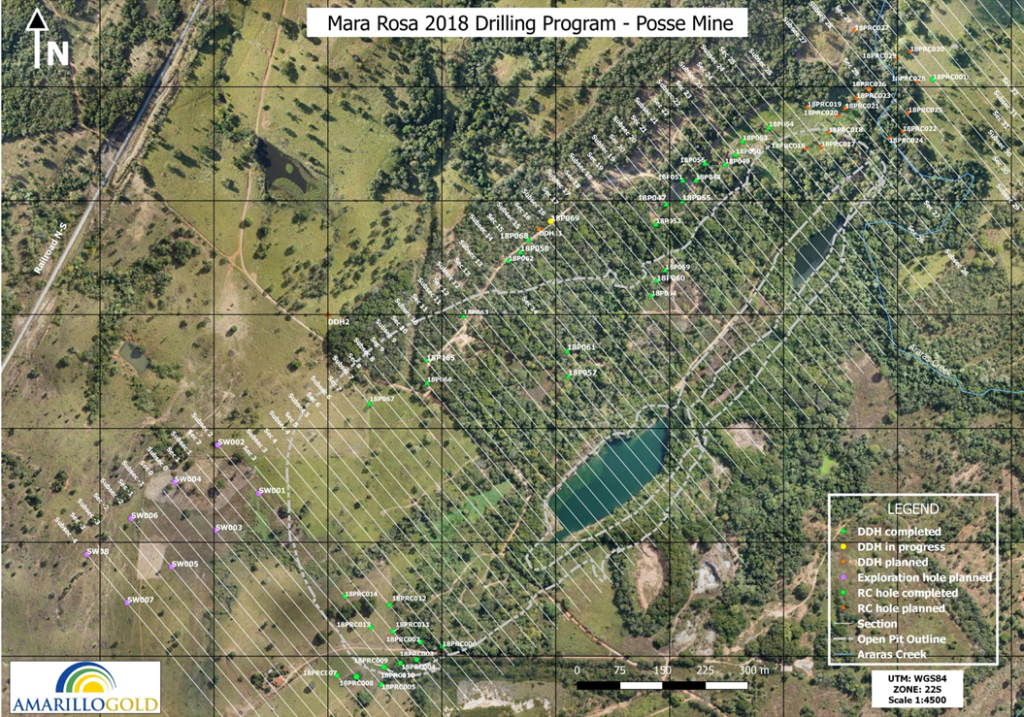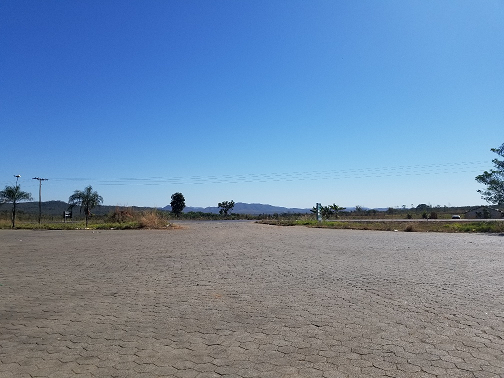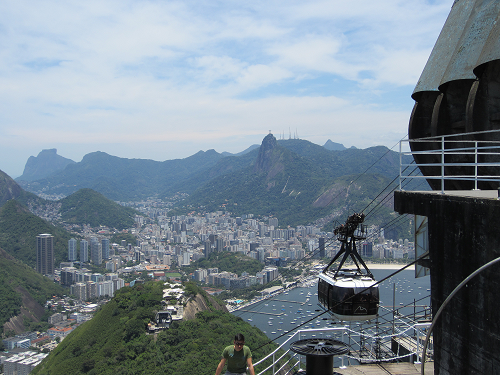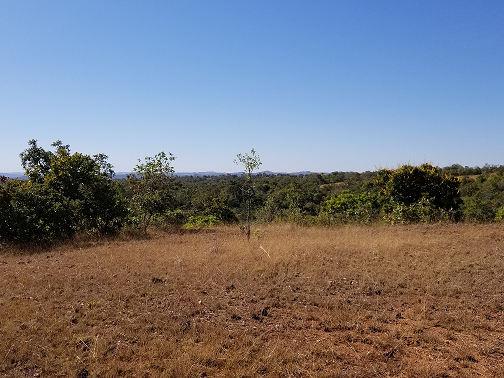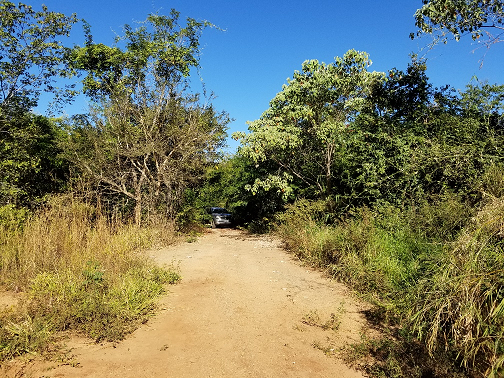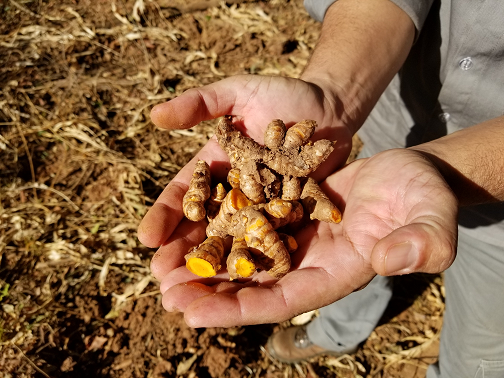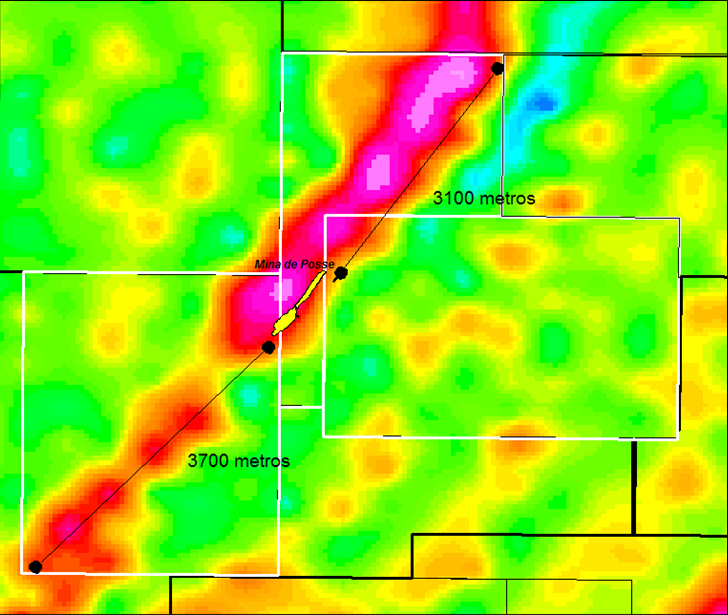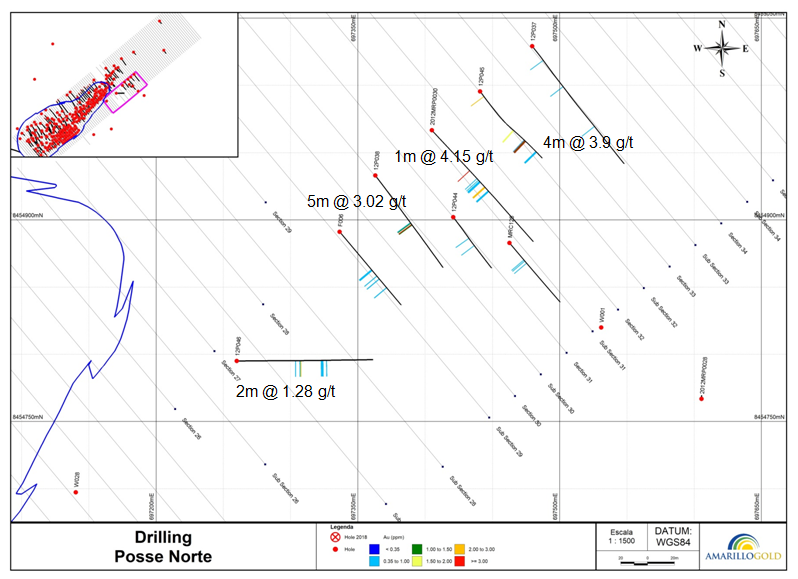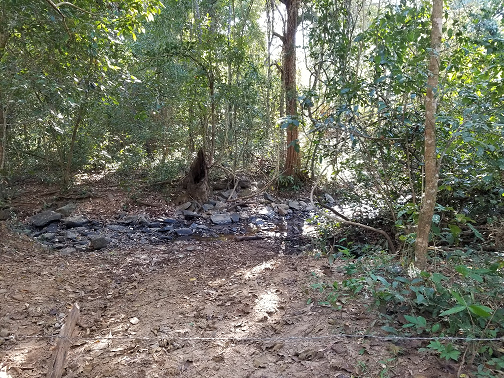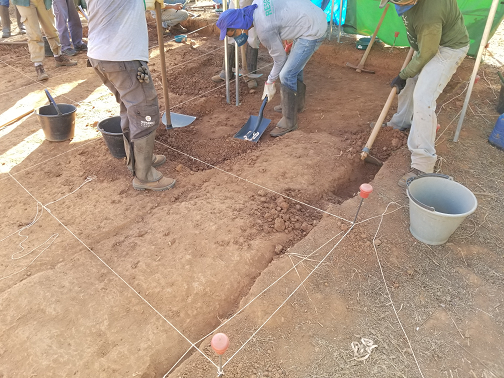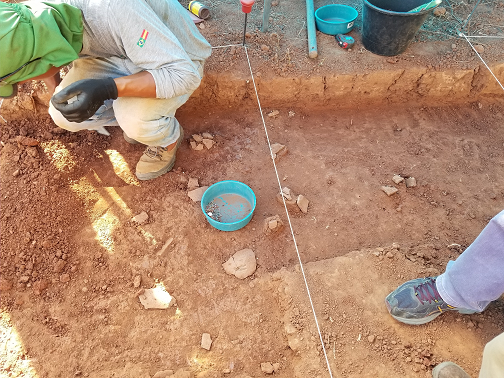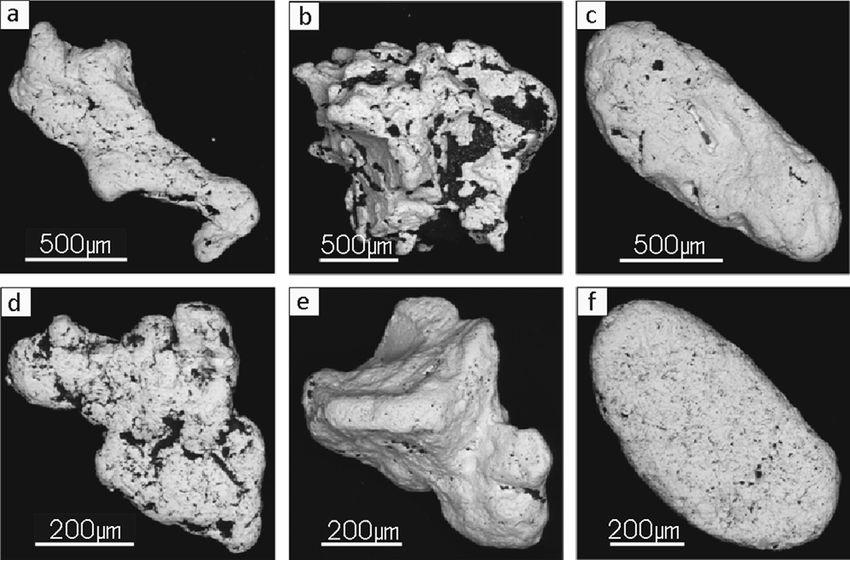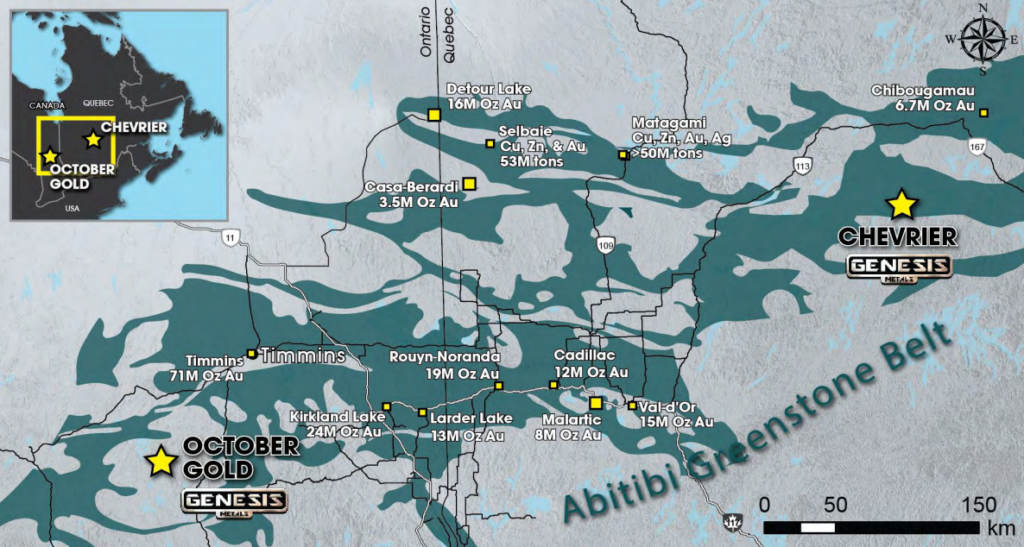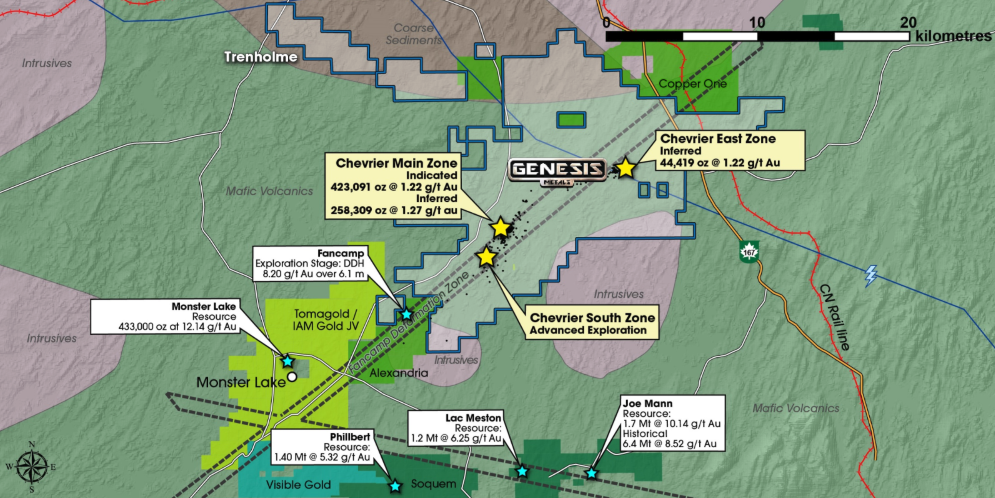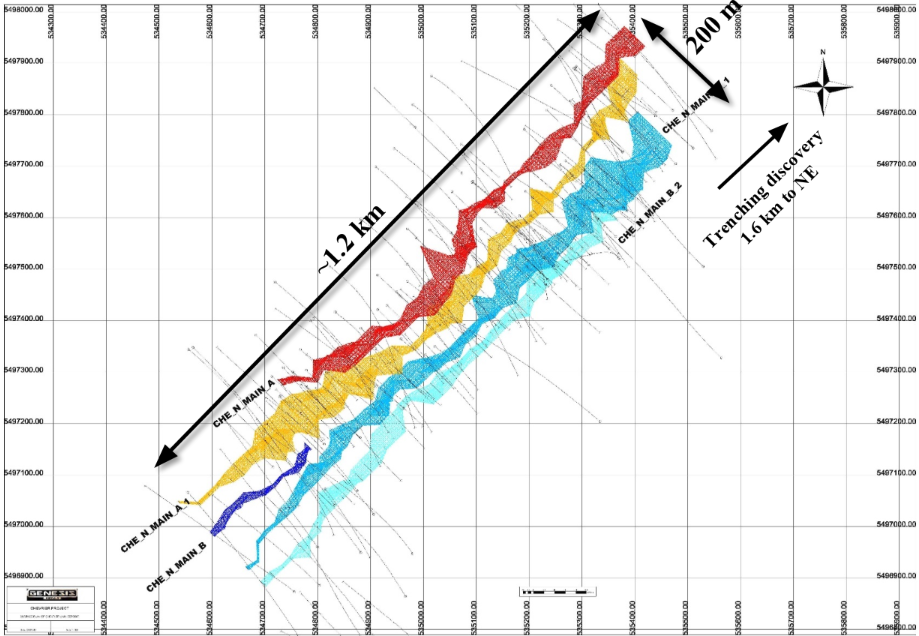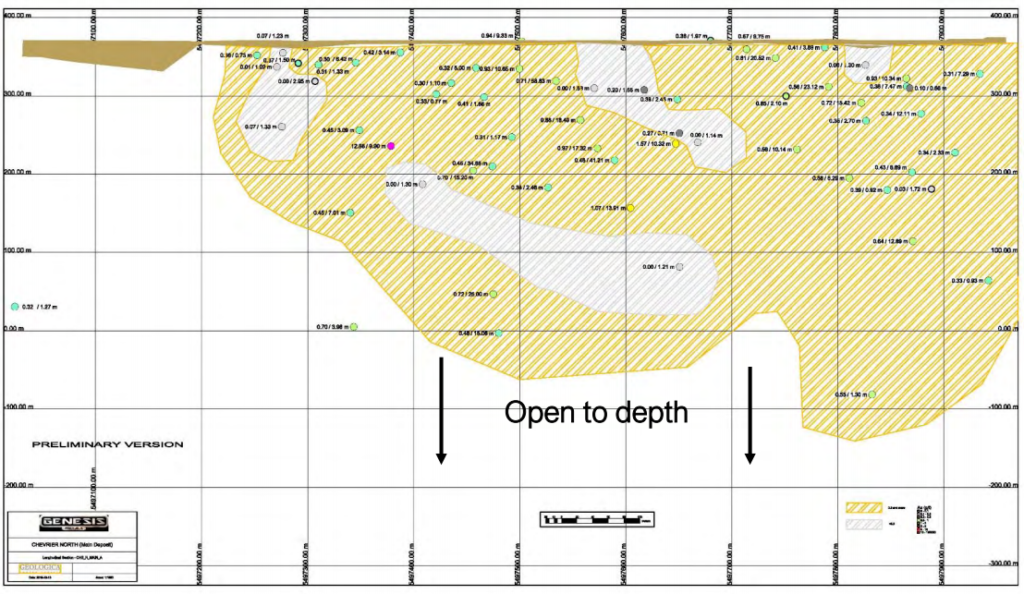
I’m constantly searching the junior resource sector for
companies whose share price is trading for less than their value. In January of
this year, I became an investor in Amarillo Gold, a junior company which I
believe is trading for far less than their value.
A couple of weeks ago, I had the chance to travel to Brazil and
see Amarillo’s flagship Mara Rosa Project, which is located in the northwest
portion of the State of Goias.
Rafael Silveira,
Myself, Frank Baker
The site visit was highly beneficial because it confirmed for
me why I’m invested in Amarillo and why I believe it will be Brazil’s next gold
mine. My reasons are as follows:
- The Amarillo management team is well suited to moving Mara Rosa to and through construction, as their pedigree reveals a history of developing projects in Brazil. From the CEO to the team located in Brazil, each member has been in the mining industry a long time and has a specific skill set which is applicable to the development of Mara Rosa.
- The Mara Rosa Project is advanced with an updated Pre-Feasbility Study (PFS) completed in the fall of 2018. The PFS revealed an after-tax NPV@5% of $US 244.3 million at $US 1300/oz gold, which means, at the time of writing, with a MCAP of less than $30 million CAD, the company is currently trading at less than 10% of its PFS after-tax value.
- Expansion of the resource – There is a realistic probability of expansion of the Posse Deposit resource at depth and to the northeast. Examining soil sampling, geophysics and historical drilling, the northeast portion of the property looks particularly interesting to me, given its size. Drilling isn’t a priority at the moment for the company, but could spell more upside potential in the future.
- While a controversial figure, Jair Bolsonaro will bring about a positive economic change to Brazil. This is already evident with the pension reform bill which is moving through the Brazilian government’s approval process, as I write. Ultimately, I believe Amarillo’s current price to value proposition is well worth the risk.
- The town of Mara Rosa and its people, from what I could tell, view the construction of the mine positively and look forward to the jobs that it will bring. There are many active and former mines in the northern region of the State of Goias, making it a great spot for development.
- Takeover Candidate – while I believe Amarillo is currently a takeover candidate, I believe that upon the completion of the Definitive Feasibility Study (DFS) it becomes much more appealing to senior or mid-tier mining companies, as the DFS will bring more confidence and validation to the economics of the project.
Amarillo isn’t without risk; I
believe there is at least one hurdle which the company must overcome in order
to be fairly valued by the market. That hurdle is the metallurgy of the Posse
Deposit, which has been a major focus for the company since they purchased the
deposit from Western Mining in 2003.
While the mineralization is
complex, I believe the company is on track for proving up and optimizing the
metallurgical process that is needed to economically extract the gold from the
Posse deposit ore.
In my opinion, Amarillo Gold is
trading for less than its value. I was a buyer at 20 cents and believe a
re-rating in the share price is just around the corner.
Without further ado, a look at
why I am a buyer of Amarillo Gold.
Enjoy!
Amarillo Gold
MCAP – $28.8 million (at the time of writing)
Shares – 140.8 million
FD – 185.6 million
Cash – $3.0 million (as of June 30, 2019)
Insider Ownership – 10%
Institutional Ownership – 60%
Bolsonaro’s Affect on Brazil
In the fall of 2018, I wrote an article
on Brazil and why I’m optimistic about its future. My thesis was primarily
based on, at the time, presidential candidate Jair Bolsonaro winning the
election and taking control of the country.
For those who are unaware, Bolsonaro was victorious and is
now the President of Brazil.
So now, roughly 9 months later and with the basis of my
thesis fulfilled, what do I think about Brazil and its future, now having spent
close to a week there? Am I still optimistic?
Determining the answer to this question has been much harder
than I would have guessed prior to my trip. I believe Bolsonaro will have a
positive effect on Brazil’s economy, because he is seemingly dedicated to
minimizing the amount of corruption in the government and to appointing
leadership within it based on merit, not to fulfill a favour or bribe. This
will have very positive effects.
During my trip, I actively engaged as many Brazilians (who
spoke English) as I could to learn about their views of Brazil, mainly where it
is as a country and where it’s headed under the leadership of Bolsonaro.
Interestingly, much like Trump in America, Bolsonaro has a
polarizing affect on people; they either love him or they hate him. Even some
of the Brazilians who said they voted for him, hate him. I found this
particularly interesting and wanted to know why.
Most often, I was
told that there wasn’t anyone else to vote for and, bottom line, government
corruption has to be reduced for Brazil to be successful.
Of the younger generation, let’s say under 30, I met only
one person who thought that Bolsonaro was good for the country. The rest hated
him and said that he is going to destroy it as he takes away some of the
services and “privileges” that many of the Brazilian people have come to rely
upon.
Further, the same younger generation yearns for former
President and now convicted criminal, Lula Da Silva, who is currently in jail
for his involvement (while President) with Operation
Car Wash. In my opinion, this is truly bizarre, but goes to show you that
people only see what they want to see.
There is much more to this discussion, but I will leave it here
because it’s out of the prevue of this article. My conclusion on Brazil is this;
I believe Bolsonaro will have a positive effect economically on Brazil, which,
ultimately, should make it a more desirable place to do business during his
reign.
What I have seen, however, only strengthens my thought that
it takes multiple generations or hundreds of years to change a culture and,
therefore, while Bolsonaro will have an impact during his term, it will be
minimal and short lived, as I do expect to see a return to a left-leaning
government in the future.
With this said, in my opinion, investing within a “risky”
jurisdiction is always a matter of a risk adjusted price to value comparison.
Meaning, am I getting enough upside potential to warrant investment?
Additionally, remember that there is risk in every
jurisdiction, even the ones that are widely thought to be tier 1 locations for
mining investment. I will quote Rick Rule, CEO of Sprott U.S. Holdings, who
recently said to me,
“Mostly the controllable aspect of political risk is price
and probability…I would argue with you right now that the People’s Republic of
British Columbia, which is regarded as a superb place for politics, is
extraordinarily risky. The BC provincial legislature is a joint venture between
the Socialists and the Greens. Not exactly mining’s best friend… Yes, Brazil
has a long standing history of formal corruption. I would ask you what the
difference between a campaign contribution and a bribe is.” ~
Therefore, with regards to Amarillo Gold, in my opinion,
there’s enough upside potential to warrant investment in the company, as it’s
currently trading at less than 10% of its updated PFS after-tax NPV of $US 244.3
million.
Amarillo’s Leadership
Amarillo is led by CEO, Mike Mutchler, who is a mining
engineer by trade. Mutchler’s experience in the sector relates well to the
needs of Amarillo, as he is an experienced mine builder. Most recently,
Mutchler was COO of Largo Resources, which built a vanadium mine in Brazil.
Although he hasn’t been a CEO, his skill set and education,
in my opinion, should be the perfect recipe for what Amarillo needs to be
successful in completing their FS on the Mara Rosa Project and, most
importantly, making it Brazil’s next gold mine.
Next, we have Roland Uloth, who is Amarillo’s Executive
Chairman. Uloth has extensive experience within the business world, with the
last 20 years focused on the mining sector. Notably, Uloth has been a key
executive with both River Gold Mines and Wesdome.
Additionally, I think it should be noted that Uloth has been
a major buyer of Amarillo stock on the open market, as the SEDI insider buying
report is littered with his purchases. According to SEDI, Uloth currently owns
over 6 million shares, excluding warrants.
Finally, and arguably the most important member of the
Amarillo team at this juncture, is Arao Portugal, who was just officially named
Amarillo’s
Country Manager. Country Manager isn’t a common position within a junior mining
company, but makes complete sense in this case.
Portugal brings a unique set of skills and experience to
Amarillo, which I believe are vital to the overall success of the company as
they look to attain their final 2 permits – the Installation License (IL) and
the Operation License (OL).
There are a few more important players on the Amarillo team: Frank Baker – Metallurgist and Project Manager, Luis Carlos F. Da Silva – Geology Manager, Alexandre Elisel and Rafael Silveira – Geologists.
Mara Rosa Project
The Mara Rosa Project encompasses roughly 60,000 ha and sits
just a few minutes’ drive from the centre of the town of Mara Rosa, which is
located in the northern portion of the State of Goias. This region of the State is very familiar
with mining, as there are a number of former and currently operating mines in
the region.
Most notably is Lundin’s Chapada copper-gold Mine, AngloGold
Ashanti and Kinross’ Serra Grande Gold Mine, and Anglo American’s Barro Alto
nickel mine, to name just a few. The point is, with these mines being within
100 km, the people of Mara Rosa and the surrounding area are very familiar with
mining and the benefits that come with it.
Amarillo’s Main
Office and Core Shack – Located in Mara Rosa
As well, given the amount of mining in this portion of the
State, infrastructure is good; in particular, power is readily accessible with
a sub-station within 4 km of the Mara Rosa Project. The hydro power in this
area is supplied by the 450 MW Serra Mesa Hydro Electric dam.
Pre-Feasibility Study Economics
In September of 2018, Amarillo released an updated
PFS on Mara Rosa and revealed some very robust economics.
Contractor Mine Scenario
Gold Price Assumption – $US 1300 per ounce
After-tax Net Present Value (NPV) at a 5% discount – $US
244.3 million
After-tax Internal Rate of Return (IRR) – 50.8%
CAPEX – $US 122.9 million
AISC – $US 655 per ounce
Reserves (Proven and Probable) – 1.087 Moz of gold
Resources (Measured and Indicated) – 1.3 Moz of gold
Satellite Image of
Mara Rosa Project
In my opinion, the Mara Rosa Project has great economics,
with good downside risk protection in terms of the gold price. Robust economics
at the PFS stage of development is a really good sign, as there is a higher
degree of confidence that the Project can deal with issues that may arise given
the rigorous analysis which is yielded by the DFS.
Site Visit – July 2019
My trip to Mara Rosa, Brazil from Toronto was very
straightforward. I flew overnight from Toronto to Sao Paulo, which is
approximately a 10.5 hour flight. To note, Sao Paulo’s Guarulhos International
Airport has seen some great upgrades since I was last in Brazil in 2011. I’m
guessing that the 2016 Rio Olympics brought about this overhaul.
Next, I had a short 2 hour flight from Sao Paulo to Brazil’s
capital, Brasilia. Interestingly, after doing a 17.5 hour flight from San Francisco
to Singapore in April of this year, I found these flights to be easy!
Brasilia Airport –
Domestic Terminal
From Brasilia, a company representative picked me up at the
airport and we headed northwest to the town of Mara Rosa, which is roughly a
4.5 hour drive. The drive between Brasilia and Mara Rosa is pretty good
considering the amount of heavy truck traffic those roads appear to receive.
Rest Stop Along the
Road Between Brasilia and Mara Rosa
Along with the multiple 2 lane highways that head north out
of Brasilia, there is also a railway which runs right beside the Mara Rosa
Project. Rail is a great way to reduce the amount of truck traffic, however, it
sounds like this railway isn’t used to its full extent, which is too bad as it
would save the roads and, ultimately, make them safer for commuters.
2011 View from Sugar Loaf
Mountain – Rio de Janeiro
My previous trip to Brazil was spent in and around Rio de
Janeiro, which is much different than what I encountered in the capital region.
Rio is a very mountainous and lush environment, which clearly gets an optimal
amount of sun and rain, as it is a veritable jungle surrounding you as you
drive into Rio.
Future Mine Site in
the Distance
By comparison, the Federal District of Brasilia and the
Northern portion of the State of Goias is much different. In terms of
topography, it is much flatter, drier and open, with farmers’ fields lining the
highways. The region, however, does have a rainy season where the rain fall is
very heavy, which allows for the endless farmers’ fields and well-established
jungle-like vegetation.
Northeast Corner of
the Posse Deposit
NOTE: The area
surrounding the town of Mara Rosa is known for its production of turmeric
spice. While walking the property, one of the geologists pointed out some
turmeric bulbs lying on the ground. There are fields of these plants, their
bulbs are harvested, dried and ground into a powder, which is then packaged and
sold in grocery stores. Farming is the major industry in this part of Brazil
and is what currently drives (economically) towns such as Mara Rosa.
Expansion of the Posse Deposit
As per the 2018 updated PFS, the Posse deposit has 1,087 koz
of proven and probable gold reserves at an average grade of 1.42 g/t. While
this is great, more ounces would be even better and, given what I saw onsite
and reviewing historical exploration data with the geological team, there’s
reasonable probability that the Posse Deposit could be extended at depth and to
the northeast.
Reviewing some of the past geophysics on the deposit, you
can clearly see that the anomaly, of approximately twice the size of the
existing deposit, extends out to the northeast. The focus of previous drilling
campaigns has been on the main deposit, however, there is historical drilling
data on a few holes that have been drilled along the northeast extension.
As you can see in the image above, there hasn’t been much
step out drilling, but what has been done has returned some decent hits. I
believe it will be well worth the time and money to see if it’s something of
significance.
One other note, while an
extension to the northeast of Posse would be great, under the current
Preliminary License (LP), the seasonal creek that cuts perpendicularly across
the strike of the northeast extension would prevent Amarillo from expanding
their current pit to include the new discovery.
However, the company does have
the option to apply for modifications to their existing LP, which, if they
choose to, could include the temporary re-routing of the creek so that this
northeast area is available for mining.
Seasonal Creek in the
northeast of the property
Tailings Dam
The tragic failure
of Vale’s tailings dam in the neighbouring State of Minas Gervais resulted
in the death of 300 people. Talking to many mining engineers, the design of the
dam that failed has long been known to have some major weaknesses and, thus, in
my mind, was preventable.
Moving forward, similarly designed tailings dams can be
upgraded to prevent this from occurring again in the future. It sounds like the
Brazilian government, however, is going a step further and will announce the
banning of all tailings dams in future construction, regardless of the design.
In my opinion, this is a knee-jerk reaction to an issue
which is solved through proper engineering and, most of all, the diligence of
the companies that operate these mines and tailings facilities. Banning the
construction of this integral part of a mine is crazy.
In saying this, there are alternatives to the traditional
tailings facilities and, with this in mind, Amarillo’s leadership has decided
to proactively pursue one of these alternatives given the potential direction
of the Brazilian Government.
Reviewing the
location of Tailings Mat Storage
So how does this new approach affect Amarillo’s mine plan
and economics? That’s a great question. First off, the company is pursuing a horizontal
filtration technology which is proven to reduce the moisture content of the
tailings. The end product of the process yields what the company reps were
describing as tailings mats.
These tailings mats are still required to be stored in a
lined storage facility, meaning the basis of construction for the original
tailings dam will still be used to dry stack the mats. The company reps tell me
that this change in process shouldn’t cause any issue with their already issued
preliminary license (LP).
In all, the cost for the filtration system is roughly $US 10
million in CAPEX dollars and is estimated to require another $US 1 per tonne in
operating cost per year over the course of the life of the mine. I haven’t
added this new cost to my discounted cash flow model yet, but given the
economics of the project, I’m guessing this won’t be a huge issue.
Archeology Testing
Standard practice in Brazil is to conduct archeological
studies on the properties that are moving toward construction. This process
requires a certain amount of area on a property to be studied for historical
significance.
During my visit, a team of archeologists was on site
performing the study. For someone who finds these studies really interesting, it
was great to have the opportunity to see part of the process in person.
At the dig site I visited, they had just discovered some remnants
of bowls and an area which had been used
for fires at some point. In the image below, to the right of the teal pan, the
bowl artifacts have been outlined in small white pins. These artifacts will be
removed from site and stored in a museum.
While the archeological study is not over, it is expected to
have minimal to no impact on the Mara Rosa Project construction plans, which is
good to hear.
Metallurgy
As I mentioned in my intro, the metallurgy of the Posse
Deposit is most likely the largest hurdle to the success of Amarillo moving
forward. I am, however, personally very encouraged by what I see in the testing
the company has performed to date, and believe that the metallurgical testing
performed for the FS will turn the tide, in terms of how the market views the
risk associated with the economic extraction of the gold.
There’s much to cover with regards to the metallurgical
processing of the Posse Deposit mineralization, so I’m going to cover this in a
separate Part 2 of this article.
Concluding Remarks
Currently, Amarillo Gold is selling at a fraction of its
updated PFS NPV, which, I believe, gives an investor plenty of upside potential
given the risk associated with the company. Amarillo’s focus is completion of their DFS,
which will pave the way for the remaining permits and, ultimately, the
construction of Brazil’s next gold mine.
Stay tuned for Part 2 of my Amarillo Gold Site Visit article, where I will cover the Posse Deposit’s metallurgy and why I believe the company is on the right track to put this risk behind them.
Don’t want to miss a new investment idea, interview or financial product review? Become a Junior Stock Review VIP now – it’s FREE!
Until next time,
Brian Leni P.Eng
Founder – Junior Stock Review
Disclaimer:
The following is not an investment recommendation, it is an investment idea. I
am not a certified investment professional, nor do I know you and your
individual investment needs. Please perform your own due diligence to decide
whether this is a company and sector that is best suited for your personal
investment criteria. Currently, I do own Amarillo Gold Corporation stock.
All Amarillo Gold Corporation analytics were taken from
their website and press release. Junior Stock Review has NO business relationship with Amarillo Gold Corporation. Amarillo Gold Corporation did pay for travel expenses for the site visit.



